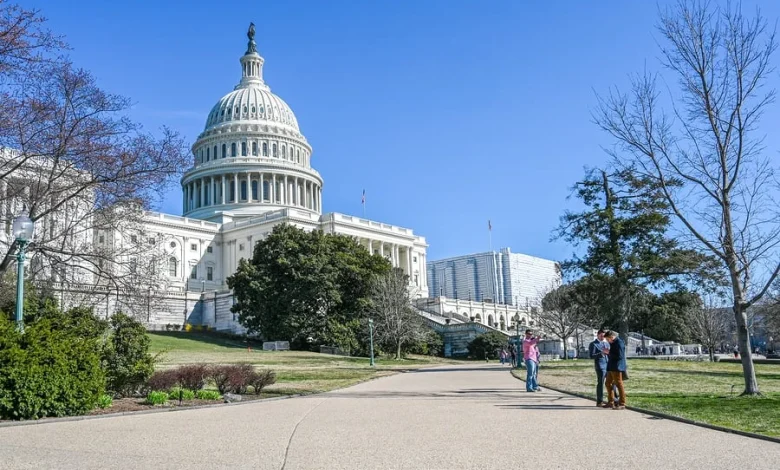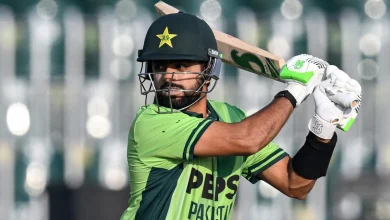The $189 Billion Question: How Pandemic School Closures Became a Funding “Smash and Grab”

By Kyle Fields – November 19, 2025 – Washington, D.C.
When COVID-19 hit, schools everywhere emptied almost overnight. Kids were sent home with laptops and Wi-Fi passwords, parents scrambled to keep them learning, and teachers tried to pivot to online classrooms. Everyone knew it was a mess. What no one really knew at the time though, was that the empty classrooms were filling up federal bank accounts.
Between the CARES Act, the CRRSA, and the American Rescue Plan, the federal government handed out nearly $190 billion in emergency education relief, more than triple the Department of Education’s usual yearly budget. That’s a staggering amount, especially considering the minimal oversight initially required for districts to spend it. And now, mounting evidence suggests that some of that money may not have gone to students at all.
Investigative reports and a recently released documentary called 15 Days: The Real Story of America’s Pandemic School Closures lay out a picture of unions and political leaders heavily influencing when and whether schools reopened. The American Federation of Teachers, led by Randi Weingarten, had documented calls and texts with CDC Director Rochelle Walensky that appear to have shaped the guidance districts were told to follow. In plain English, that meant districts could delay in-person learning much longer than maybe they should have. And the timing, it coincided with billions of federal dollars flowing to school districts.
Meanwhile, union political donations were huge. Millions went to Democratic campaigns, raising questions about the relationship between funding, policy, and reopening decisions. Some critics call it a “smash and grab” of federal funds, and the spending itself raises eyebrows. In Wisconsin, districts spent millions building synthetic turf fields. California bought an ice cream truck for remote student engagement. Ohio poured $5 million into an internet contract that was basically useless because the city didn’t even own the necessary utility poles. These are just a few examples from a long list of questionable expenditures.
According to congressional investigations, the human toll was real. Students fell behind academically, math scores dropped as much as 60% in some districts, and the mental health crisis among kids, particularly girls aged 12 to 17, spiked alarmingly. Suicidal ideation and anxiety increased, and many children in low-income and minority communities had even fewer resources to cope.
Documentary filmmaker Natalya Murakhver spent over three years compiling video footage, emails, and interviews to make sense of it all. She captured meetings from early 2020 with union leaders, politicians, and activists discussing how the pandemic could be used to advance political and funding priorities. Some clips are downright surreal, with discussions about shaping the “society we want to see” post-pandemic while millions of students sit at home trying to learn.
Not everyone agrees with this interpretation. Union leaders argue their input was standard stakeholder engagement, and some Democrats dispute claims that political influence delayed school reopenings. But Congress did find that CDC guidance was modified in a way that made reopening optional rather than recommended, which critics say clearly aligned with union requests.
Even after the pandemic, the story did not end. In 2025, Education Secretary Linda McMahon tried to rescind some of the remaining emergency fund extensions, freezing billions in grants, which triggered lawsuits from states arguing that budgets and staffing plans were being disrupted. Courts are still sorting through the legal tangle. Meanwhile, federal audits continue, but many warnings highlight weak oversight rather than outright criminal fraud, leaving lots of questions unanswered.
And those questions matter. How much of that $189 billion actually went to students versus political priorities? Was there explicit coordination between unions and politicians in exchange for funding? Were school districts allowed to operate with almost total discretion, and did that oversight gap let funds be misused without consequence?
For parents and students, the consequences are tangible. While some districts spent money on fields, trucks, and questionable contracts, kids were falling behind, struggling with mental health, and losing critical social and emotional development time. The story is starting to break into mainstream conversation thanks to investigative work and the 15 Days documentary, but it is far from complete.
This story is still developing.





